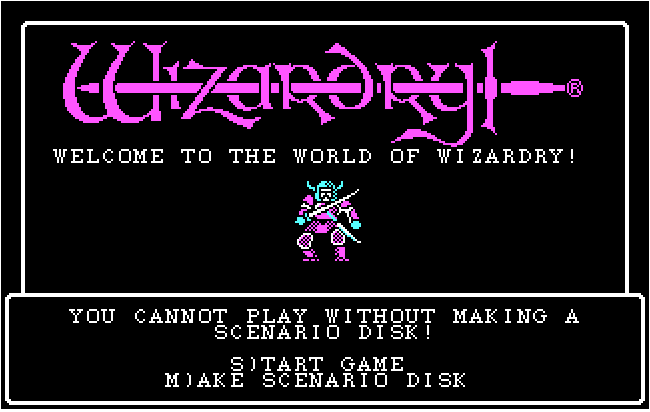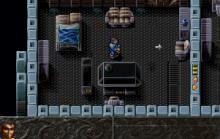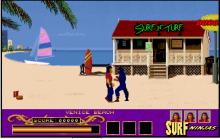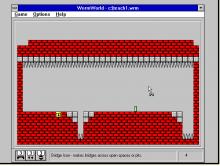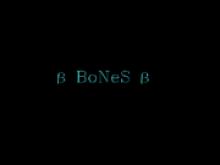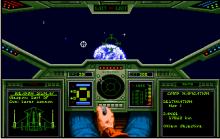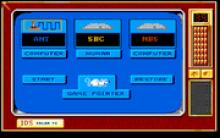Wizardry I - Proving Grounds of the Mad Overlord
How to play Wizardry I - Proving Grounds of the Mad Overlord
To be able to recover game data... after going to edge of town, utilities, renaming a character. Back to the main menu again, back to edge of town then leave game. the press Ctrl+Alt keys to exit to DOS. Type exit refresh the page, the changes should still be there.
Wizardry I - Proving Grounds of the Mad Overlord Description
Starting in the town, the player creates a party of up to six characters from an assortment of five possible races (Humans, Elves, Dwarves, Gnomes, Hobbits), three alignments (Good, Neutral, Evil), and four basic classes (Fighter, Priest, Mage, Thief). There are also four elite classes (Bishop: priest and mage spells; Samurai: fighter with mage spells; Lord: fighter with priest spells, and Ninja: fighter with thief abilities). Characters can be changed to an elite class after meeting the stat requirements. Priests typically cast healing spells, while Mages cast damage spells. Bishops, being a combination of the two, learn both sets of spells but at a reduced rate. Good and evil characters normally cannot be assigned to the same party. However, you can drop party members off at the stairs leading out of the maze, then go back out and get a character of the opposite alignment, then pick up the ones you dropped off, thus making it possible to have both good and evil characters.
After equipping the characters with basic armor and weaponry, the party then descends into the dungeon below Trebor's castle. This consists of a maze of ten levels, each progressively more challenging than the last.
The style of play employed in this game has come to be termed a dungeon crawl. The goal, as in most subsequent role-playing video games, is to find treasure including ever more potent items, gain levels of experience by killing monsters, then face the evil arch-wizard Werdna on the bottom level and retrieve a powerful amulet. The goal of most levels is to find the elevator or stairs going down to the next level without being killed in the process.
Screenshot of Wizardy 1 for the IBM PC MS-DOS on level 1 of the maze
The graphics are extremely simple by today's standards; most of the screen is occupied by text, with about 10% devoted to a first-person view of the dungeon maze using high-resolution line graphics. By the standards of the day, however, the graphics were a step forward from the text-only games that had been far more common. When monsters are encountered, the dungeon maze disappears, replaced by a picture of one of the monsters. Combat is against from 1 to 4 groups of monsters. The game's lack of an automap feature, which had not been invented at the time of its release, practically forces the player to draw the map for each level on a piece of graph paper as he walks through the dungeon maze, step by step - failing to do this often results in becoming permanently lost, as there are many locations in the maze that have a permanent "Darkness" spell upon the square (making the player walk blindly) or a "Teleport" spell sending the player to a new location. A magic spell can be used to determine the current location of the party, and at higher levels there is a teleport spell that can be used to quickly transition between the maze levels. Care is necessary when teleporting as the player must enter both the level and coordinates to teleport to (the number of steps north, south, east, or west from his current location) and it is easily possible to land in a trap or solid stone, ending the game. The original releases of Wizardry also do not announce that the player has teleported and play resumes as if one step forward was taken.
The spells in Wizardry have nonsensical names (eg. Malor is the teleport spell) and it is entirely up to the player to figure out what each one does. Some spells have negative effects, for example reducing the party's HP during combat.
The game has unforgiving difficulty as players cannot save their progress within the dungeon and must navigate their way back outside to the castle first. If the entire party is killed or teleports into stone, play also resumes there and your party must go back through the dungeon starting with Level 1. Later Wizardry games made it easier by restarting at the point in the dungeon where the player died. It can take hundreds of hours to finish the game.
Wizardry saves the player's party and game progress onto a scenario disk. After booting, a new one may be created with a blank floppy disk or an existing one used. Completion of Proving Ground of the Mad Overlord is necessary to play the sequels Wizardry II and III since they require the characters from the first game to be imported from a scenario disk.
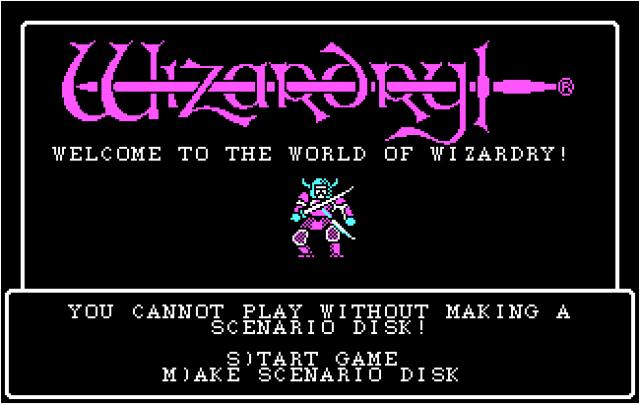
Wizardry I - Proving Grounds of the Mad Overlord - additional information







